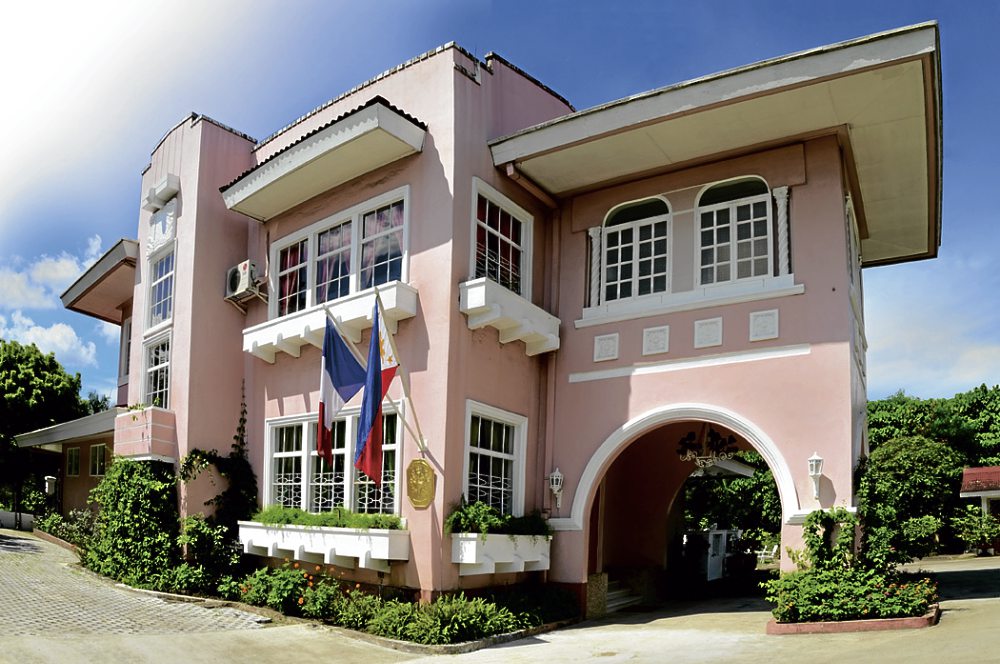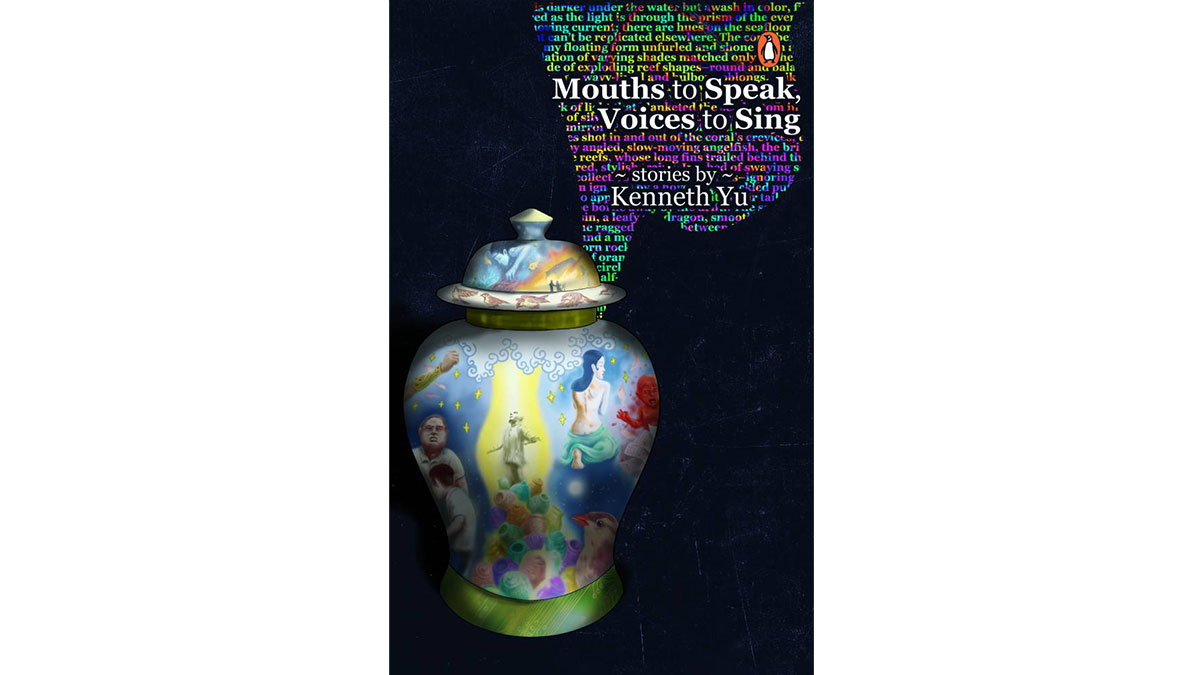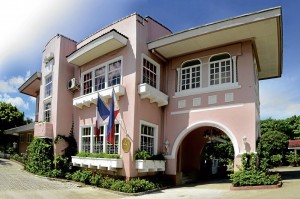
For as long as I can remember, at the foot of the only hill at Cebu’s Gorordo Avenue stood an exceptional Art Deco-style house that was the only one of its kind. So outstanding it was that it was considered (by those who knew its value) as among the unofficial landmarks of the city.
Situated on a slight rise above one of Cebu’s prime residential streets, the façade of the house is angular and boxy, its sleek and taut exterior walls once continued to rise past roof level, reinforcing the strict geometry of the architecture.
Built in 1939 when the Art Deco-style that originated in France was at the height of its global popularity, the house that faithfully follows the strict geometry of the style looks like it belongs more on a bluff overlooking the blue Mediterranean in a fashionable French Riviera coastal town than where it stands on the slight rise above one of Cebu’s most elegant residential avenues.
The Jose and Juanita Velez house must have raised a few eyebrows in its day for being so unlike any other house in the city.
For six decades, generation after generation of their family lived in the house until it outlived its purpose and Gorordo Avenue downgraded from an elegant residential street to the usual urban clutter of unregulated “development” that brings with it the same ugliness that dominates all Philippine cities today.
The house went empty. The family moved out, hanging a “For Rent” sign that stayed on the fence, would you believe, for a decade until the Alliance Française de Cebu decided the house was perfect for its school.
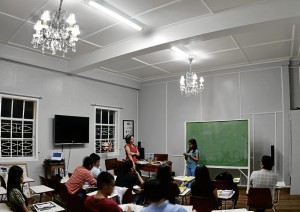
So, early this year, the house that looked like it really belonged on the French Riviera instead of Cebu reverted to being the center for everything French in Cebu. It became La Maison Rose, the Pink House.
Perfect fit
Its second life as the Alliance Française de Cebu fits the house perfectly.
The suite of upstairs bedrooms, now repurposed as offices and classrooms, retain all of their original high-ceilinged tropical elegance while working functionally and efficiently as language classrooms.
Old wooden doors and floors recapture their heritage ambiance. Repolished to new brilliance, original wall and ceiling moldings have been highlighted; whiteboards and audio-visual equipment installed in classrooms, with original chandeliers left in place to light modern classrooms.
The sophistication of the Art Deco era of the 1930s remains in what once were family bedrooms despite their radical change in function into classrooms, an outstanding example of architecture re-use.
On the ground floor is the eponymous restaurant La Maison Rose. Entering it for the first time is stepping into another world, an experience similar to unexpectedly slipping into the deep hole that dropped Alice from the routine of her everyday world, taking her deep into the twisted reality of Wonderland.
The quirky reality of La Maison Rose catches by surprise. Its interior is shabby chic gone funky, a tongue-in-cheek setting of Shanghai in the 1930s individualistically envisioned by its decorator, French painter and furniture maker Delphine de Lorme, a Cebu resident.
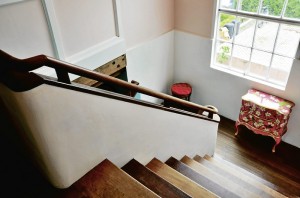
For the particular design genre De Lorme works in, her personal vision of Shanghai and French-colonial Hanoi is fancifully well presented, a “fun-filled spirit of Pop Art, creating an eclectic and playful” interior environment for the restaurant.
Soul of the house
“Parisian painter and designer, Delphine de Lorme,” says the Alliance Française, “was commissioned to renovate and design the house. The entire renovation focused on keeping intact the ‘soul’ of the house and to accentuate its 1930s ambiance. The idea was never to remodel the house but to return it to its original.”
Returning the house to its original was almost achieved, except for the questionable punching of a moon-shaped opening leading to the open terrace from the restaurant.
Questionable, too, is the removal of the ground-floor ceiling above the restaurant, exposing the wooden floor joists that frame the floor above, probably to add to the funk factor of the interior.
However, the changes are minor and can be easily rectified when time comes to return the house to its original condition.
What comes through loud and clear about La Maison Rose is that the Alliance Française de Cebu is a place that breaks through all expected stereotypes; and the Cebu school is probably one of the most unique in the global chain of Alliance Française schools.
It is a fun place to be in, whether to learn French or to learn about France through its excellent French cuisine served at La Maison Rose—definitely the place to go to these days to for locals and Cebu visitors alike.
E-mail the author at pride.place @gmail.com

